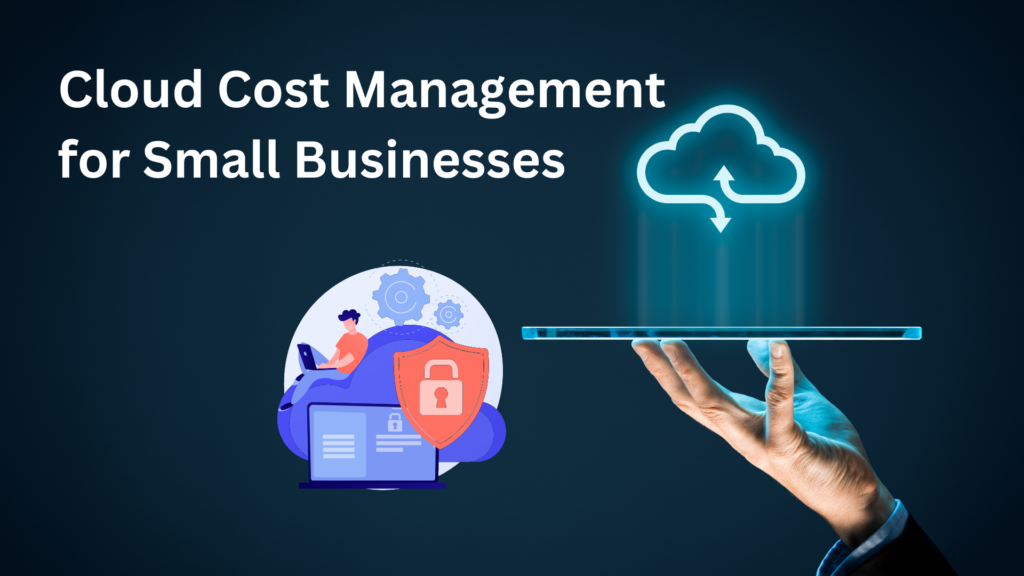More than ever, small companies need to learn how to successfully manage their cloud expenditures as cloud computing continues to gain popularity. There is no doubt about the advantages of cloud services: more adaptability, scalability, and accessibility to strong tools and resources. The associated costs, however, can quickly increase without adequate cloud cost management.
This guide explores best practices for cloud cost management and provides actionable strategies to manage these costs effectively.

Cloud cost management is the process of monitoring, controlling, and reporting on the costs of cloud computing services. Small businesses can manage cloud costs by identifying cost drivers, tracking cloud licenses and usage, and implementing cost optimization techniques to cut unnecessary expenses.
The Top 5 Cloud Cost Management Strategies
Cloud Cost Management Tools and Software
There are a wide range of cloud cost management tools and software available to help small businesses control their cloud costs. These tools are broadly grouped into the following categories:
Cloud Cost Management Platforms
With features such as cost forecasting, rightsizing, and cost allocation, you can use these tools to monitor and analyze your cloud costs from a centralized dashboard.
Cloud Cost Optimization Tools
Cloud cost optimization tools can be used to identify and eliminate idle resources, allocate budget efficiently, and generate recommendations for savings.
Cloud Billing and Invoicing Tools
These tools help track and manage your cloud bills and invoices and give you a detailed cost breakdown. You can also use this type of software to set custom billing and budget alerts.
Cloud Governance and Compliance Tools
Cloud governance and compliance tools help ensure your business follows the applicable regulatory and security requirements with access control and auditing features.
Cloud Automation and Orchestration Tools
Cloud automation and orchestration tools are useful to streamline repetitive tasks, reducing the need for manual intervention. These tools also give you visibility into your cloud usage patterns and spending, and can help optimize your cloud license management.
Procedures for tracking, regulating, and maximizing your cloud expenses are outlined under cloud cost management. There are six main advantages of using a cloud cost management plan, including:
You can discover areas that require optimization when you have a clear, accessible view of your cloud prices and consumption trends thanks to a cloud cost management plan in place.
Your company may cut cloud expenditures and prevent unforeseen charges by implementing a cloud cost management plan. The proper cloud management solutions also guarantee that your money is spent properly.
Implementing a cloud cost management approach increases the effectiveness of how you use cloud services, resulting in better performance and less downtime.
You can grow fast as demands change by keeping track of your cloud services consumption trends and changing resource allocation as necessary.
5. Better Allocation of Resources
By allowing you to track and assign expenses to certain teams, departments, or projects, cloud cost management solutions enable you to make sure your expenditures are going towards the proper projects.